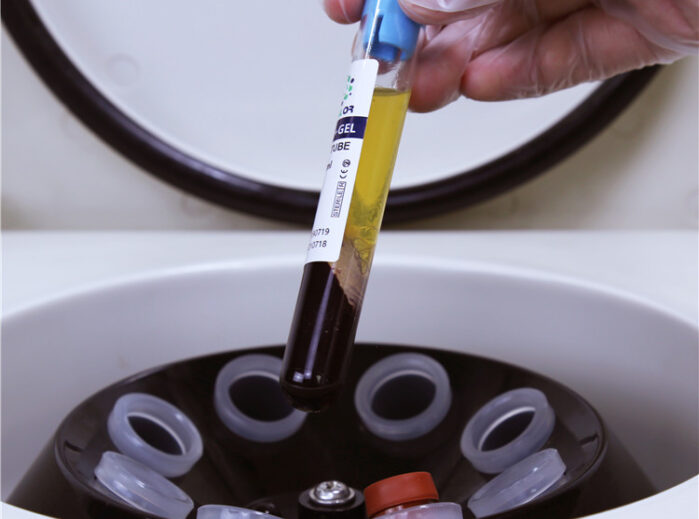Are there any advancements in PRP kit technology that have improved the efficiency or effectiveness of PRP preparation?
There have been advancements in PRP kit technology that have improved the efficiency and effectiveness of PRP preparation. These advancements aim to enhance the quality, consistency, and convenience of PRP therapy. Here are some notable advancements:
- Customization Options: Some modern PRP kits allow healthcare providers to customize the platelet concentration and leukocyte content of the PRP based on the specific needs of the patient and the procedure. This level of customization can improve the effectiveness of PRP for different clinical applications.
- Double-Spin Centrifugation: Traditional PRP preparation involved a single spin in the centrifuge. However, double-spin centrifugation methods have become more popular. This involves an initial spin to separate red blood cells, followed by a second spin to concentrate platelets and plasma. Double-spin methods can yield higher platelet concentrations and purer PRP.
- Closed-System Kits: Closed-system PRP kits are designed to minimize the risk of contamination during PRP preparation. These kits often include sealed tubes and connectors, reducing the chances of external contaminants entering the PRP sample.
- Automated Systems: Some advanced PRP systems are fully automated, reducing the potential for human error in the preparation process. These systems typically have built-in sensors and controls to ensure precise centrifugation and platelet concentration.
- Advanced Gel Separators: Gel separators are used to separate PRP from other blood components during centrifugation. Modern PRP kits may incorporate improved gel separator technologies for more efficient and consistent separation.
- Quality Control Measures: Leading manufacturers implement stringent quality control measures to ensure the consistency and safety of PRP kits. This includes batch testing, quality assurance protocols, and adherence to regulatory standards.
- Disposable Components: Many PRP kits now include disposable components such as tubing, syringes, and needles. Disposable components reduce the risk of cross-contamination and simplify the overall procedure.
- Sterile Packaging: PRP kits often come in sterile packaging to maintain the sterility of components until they are ready to be used. This reduces the risk of contamination during PRP preparation.
- Pre-Measured Additives: Some PRP kits provide pre-measured additives or activation agents, making it easier for healthcare providers to activate PRP consistently and effectively.
- Improved Instructions and Training: Manufacturers often provide comprehensive instructions and training materials with their PRP kits to help healthcare providers perform the procedure correctly and safely.
- Clinical Research and Evidence: Advances in PRP kit technology are often supported by ongoing clinical research and studies that validate the effectiveness and safety of these kits for various medical and aesthetic applications.
These advancements collectively contribute to more efficient PRP preparation processes, higher platelet concentrations, improved reproducibility, and enhanced patient outcomes. However, it’s essential for healthcare providers to stay informed about the latest developments in PRP kit technology and choose reputable products that align with their specific needs and patient populations.








